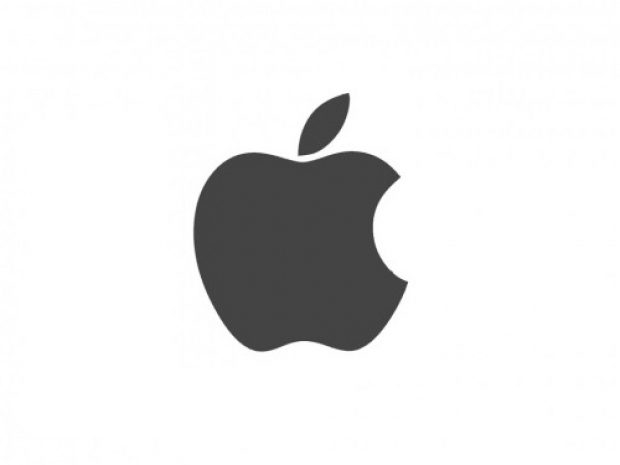Borderless full-screen front panel
KGI Securities analyst Ming-Chi Kuo is back with his usual forecast for new features that may be included in this year’s iPhone designs and says that the company will improve its 3D Touch ID technology in order to complement a “full-screen, borderless form factor design”. In addition to featuring a display without a bezel for the first time, the devices may also include flexible OLED panels accompanied by a sheet of structural metal to prevent any panel deformations.
Facial recognition system
The report also mentions a new facial recognition system Apple could be developing to complement its existing Touch ID fingerprint system, enabling two-factor authentication. While Kuo believes the Touch ID scanner will eventually be replaced by such a system, it is possible that the company will include both in the event that “technical challenges cannot be overcome”.
“Judging by the bio-recognition patents that Apple has applied for, we believe it is leaning toward facial recognition technology rather than iris recognition,”
“However, we note that the technical challenges of facial recognition include: (1) algorithms; (2) hardware design; and (3) the build-out of a database for verification and authentication, which could be time consuming.”
Home button’s Taptic Engine may be replaced with virtual button
As for accessing the device’s menu interface, there have been talks since at least 2011 that Apple would eventually drop the Home buttons from its iPhone, iPad and iPod touch lineups and replace them with virtual software analogs. The iPhone 7, introduced in September, featured the most significant change yet, replacing the clickable button with a solid-state (non-mechanical) Home button which no longer physically depresses but is now driven by a software sensor. The entire bottom of the device, rather than a small circular cut-out, now feels like it “clicks” when responding to pressure.
In order to accommodate for larger borderless displays, Apple is now expected to implement the design change when it introduces this year’s lineup. Reports also indicate that Samsung will be the first to market with a borderless full-screen design when it reveals the Galaxy S8 next month, placing the device’s own haptic Home button sensor behind the tempered glass for pressurized feedback.




